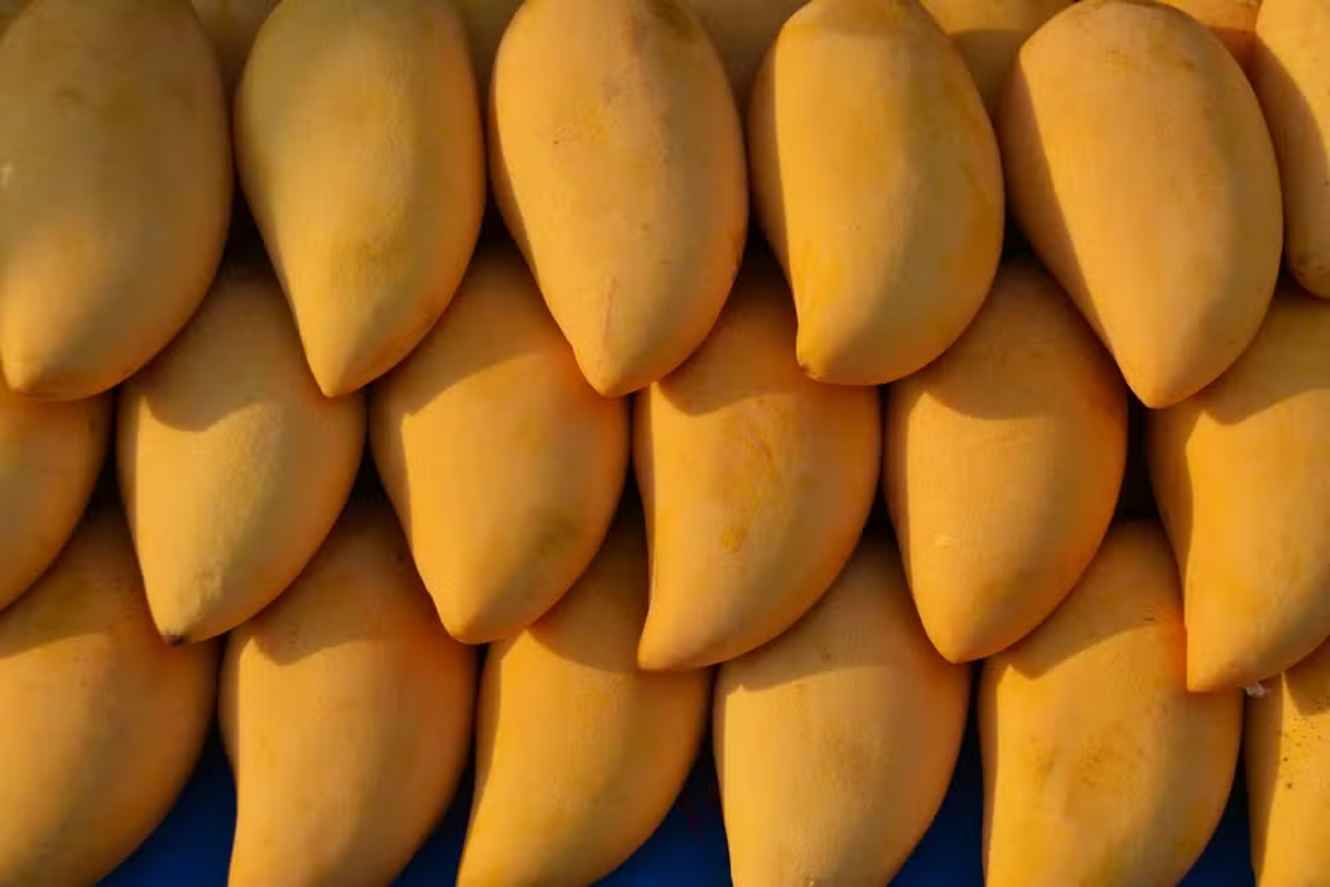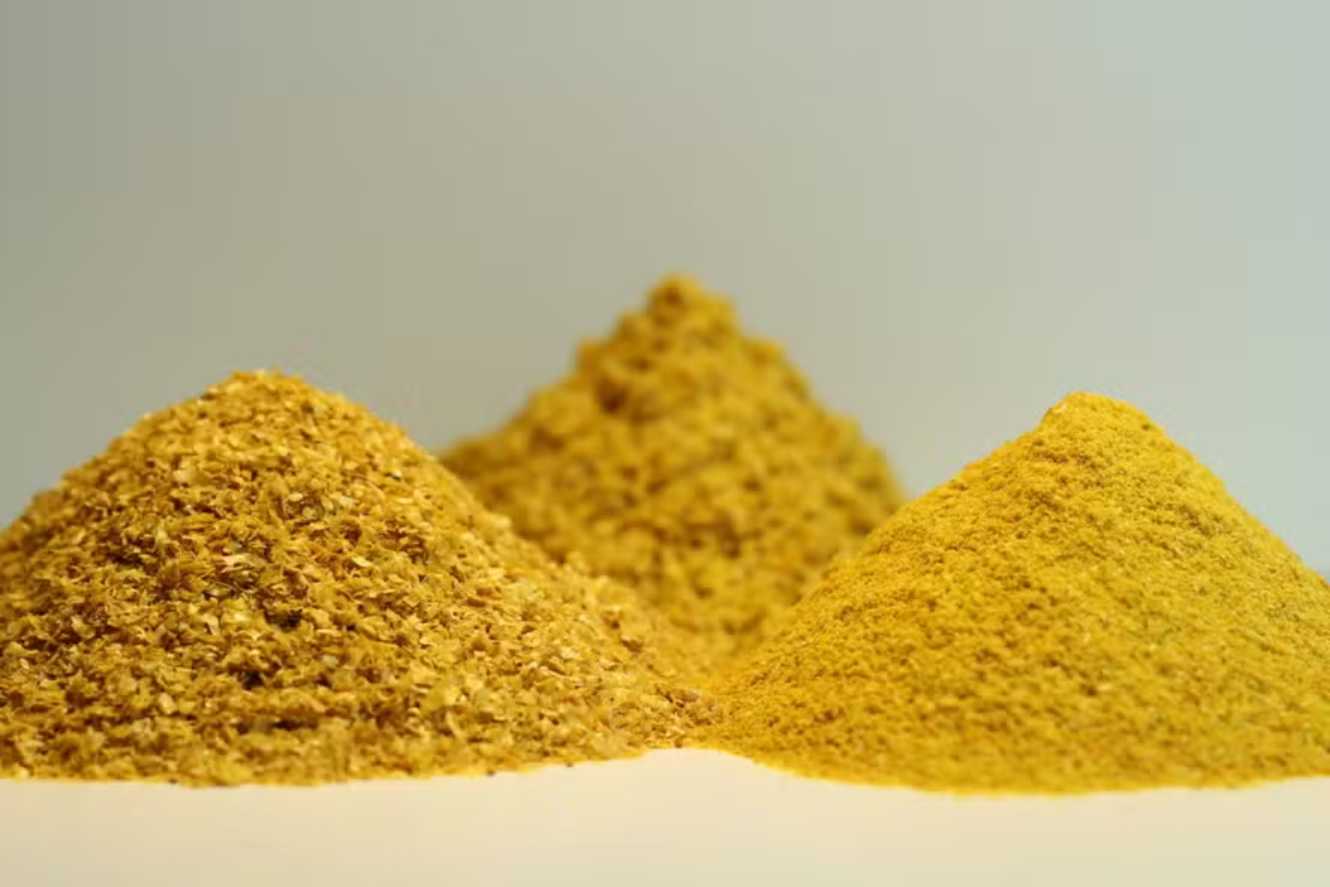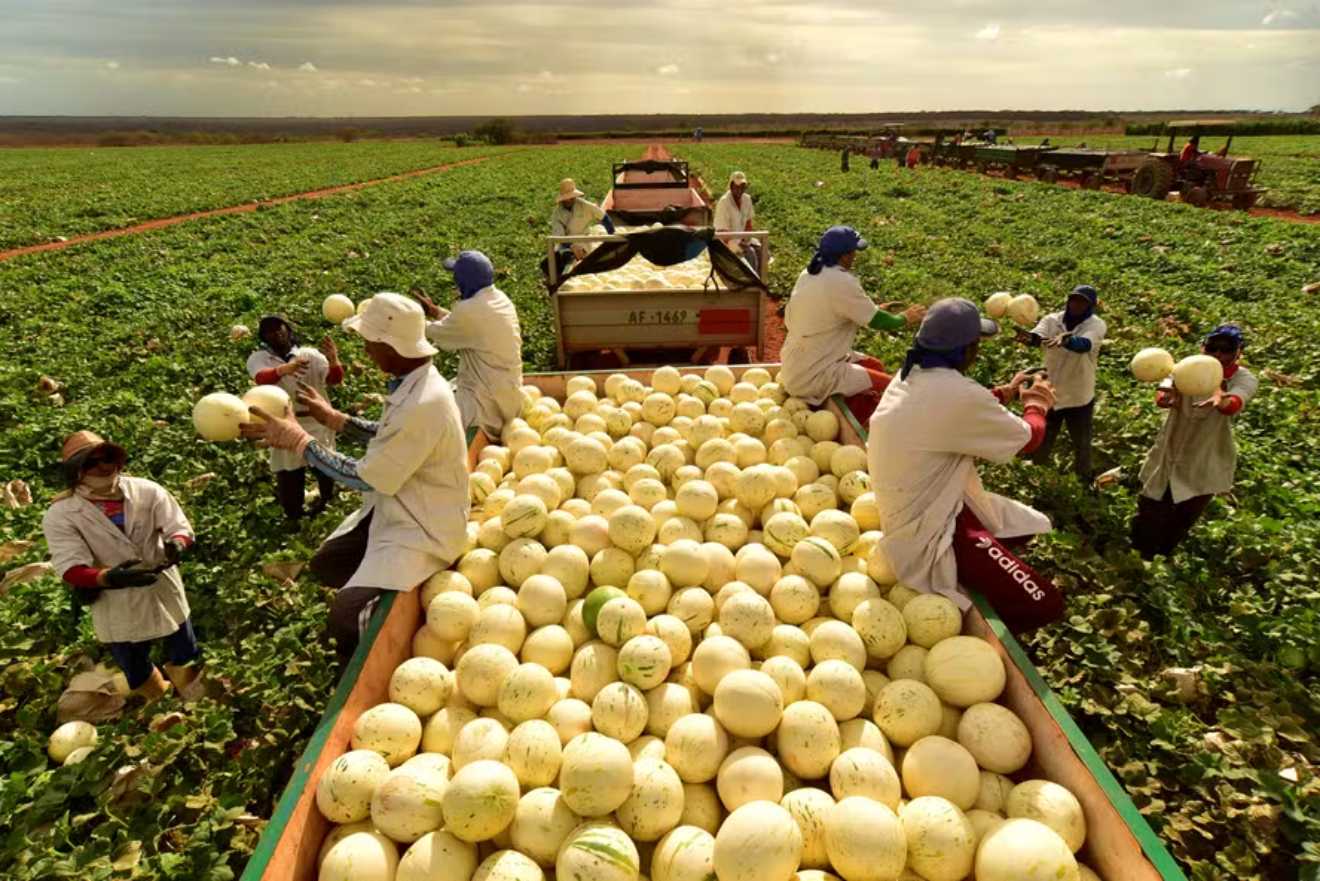Espada, Haden, Keitt, Kent, Palmer, Rosa, and Tommy Atkins are the main varieties available in the country.
Mango is one of the most consumed tropical fruits worldwide, appreciated for its flavor, aroma, versatility, and health benefits. In Brazil, the most popular mango varieties are Espada, Haden, Keitt, Kent, Palmer, Rosa, and Tommy Atkins. Get to know each one below!
According to the Companhia de Entrepostos e Armazéns Gerais de São Paulo (Ceagesp), affiliated with the Ministry of Agriculture and Livestock (Mapa), Espada and Rosa are well-known for their traditional mango flavor, while Palmer and Tommy are more affordable and widely sold.
Overview of the Varieties:
Espada
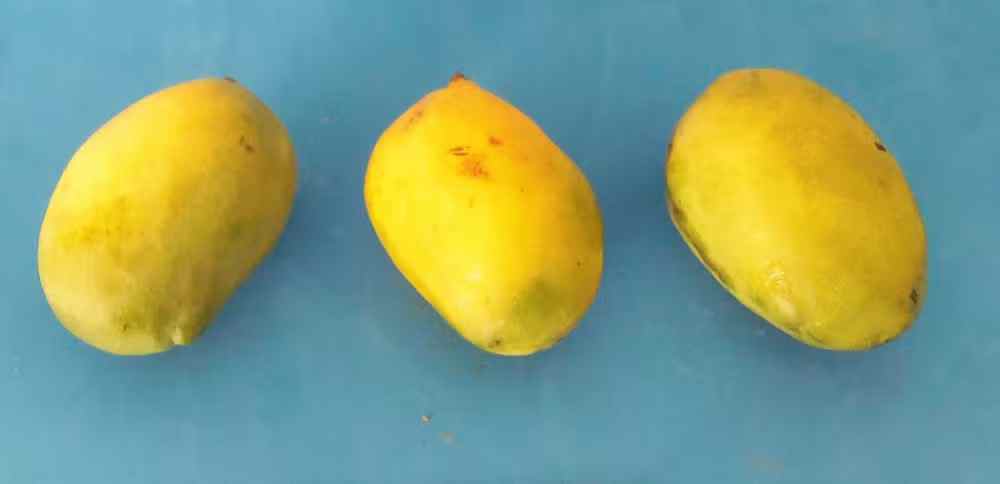
Espada is a Brazilian variety that produces fruits twice a year, weighing between 250 and 300 grams. The mango has yellowish pulp, an oval shape, and a smooth, thick skin that remains greenish-yellow even when ripe.
Due to its high fiber content, it is best consumed fresh or used in preserves and jams. However, it’s not recommended for juices or smoothies because of its stringy texture.
- Export harvest: Peak production occurs during the summer.
Haden
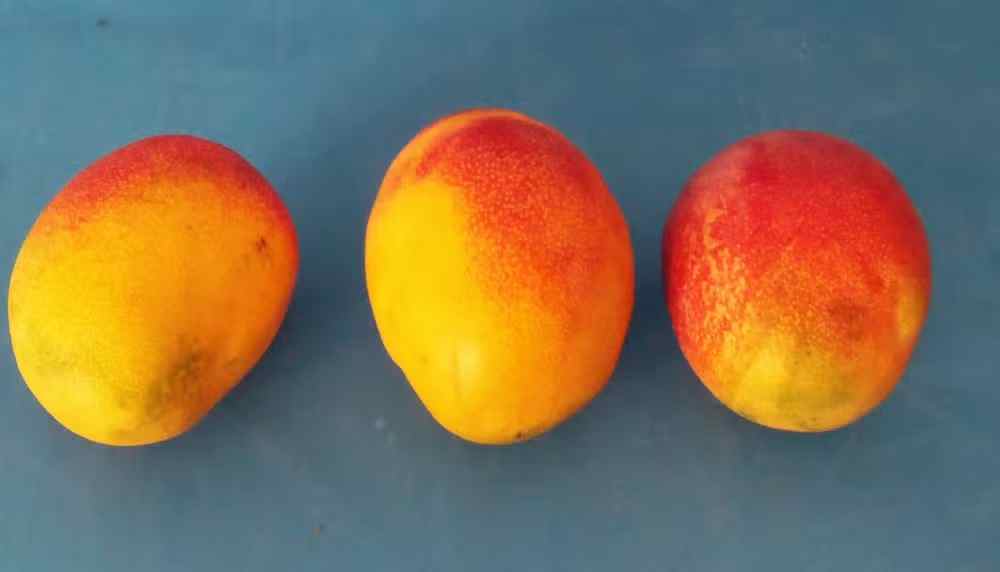
Haden, introduced to the market in 1910 in the U.S., produces delicate fruits prone to quick deterioration during transport and handling, which limits its export potential.
In Brazil, orchards in western São Paulo stand out, producing large, red fruits weighing up to 700 grams with firm pulp and moderate fiber content.
- Export harvest: October and November.
Keitt
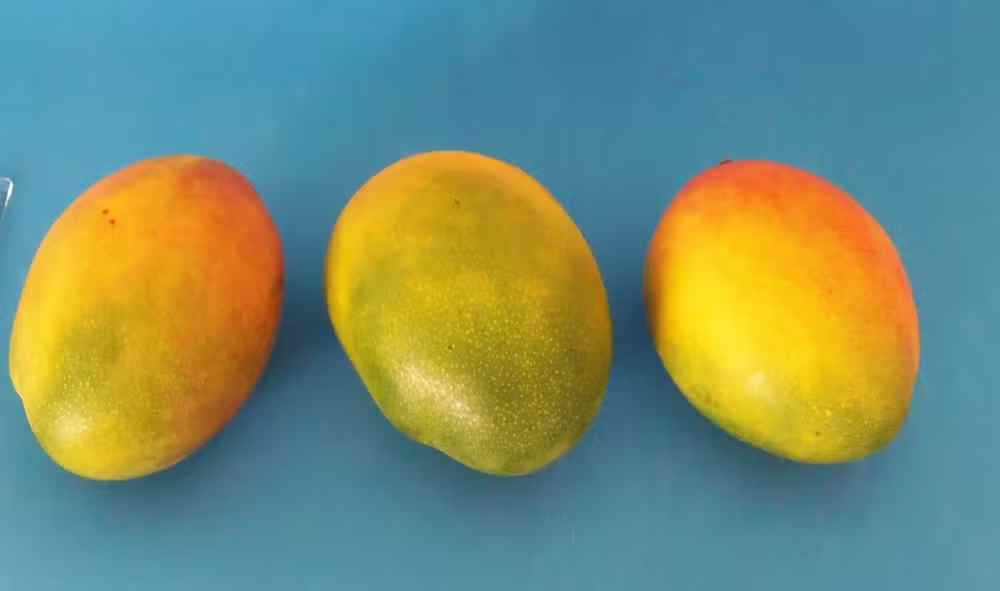
Keitt, a close relative of Haden, is also an American variety. It produces large fruits over 700 grams, with green and yellow skin that develops red spots when fully ripe.
It contains minimal fibers, concentrated near the seed rather than the pulp, making it popular among consumers. Keitt occupies about 20% of the cultivated area in the São Francisco Valley, alongside the Kent variety.
- Export harvest: February.
Kent
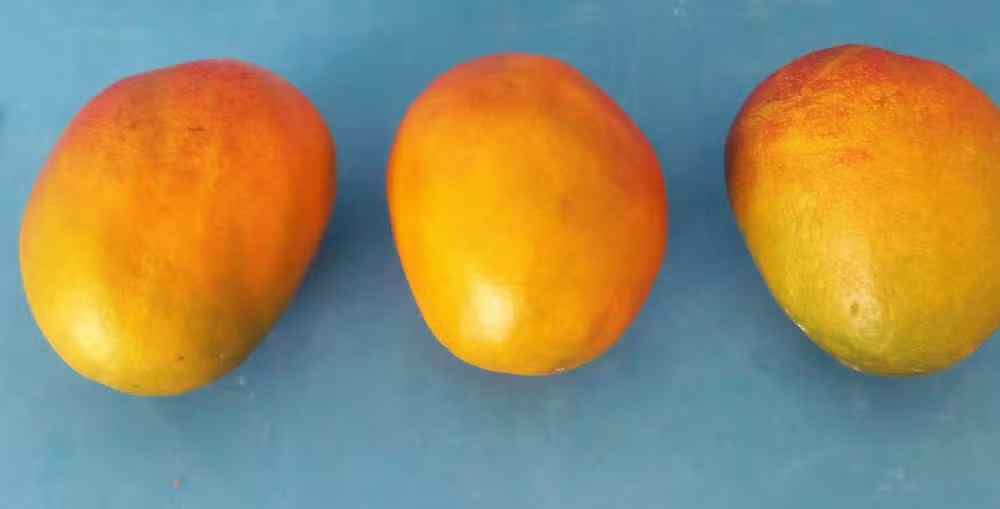
Developed in Florida in 1944, Kent mangoes are the largest of the commercial varieties, typically weighing around 1 kilogram. They have a sweet aroma, fiberless orange pulp, and a skin that changes from green to reddish tones as the fruit matures.
This variety also covers 20% of the São Francisco Valley’s cultivated area and has seen growing demand in certain markets, expanding production.
- Export harvest: February.
Palmer
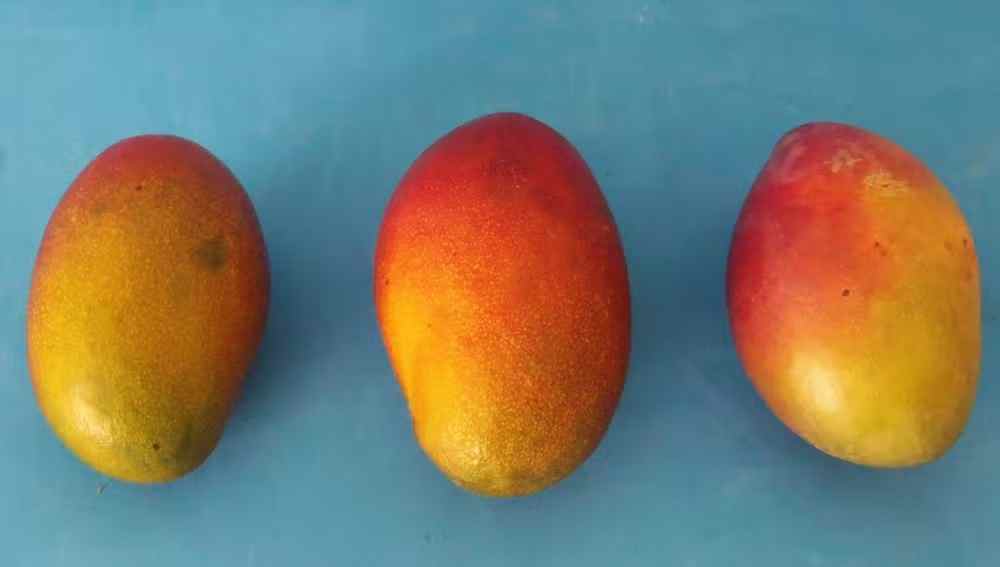
Palmer is the most consumed and widely cultivated mango variety in Brazil, according to Francisco Pinheiro Neto, a researcher at Embrapa Semiárido. In the São Francisco Valley, at least half of the mango trees are Palmer. The variety is also extensively grown in Bahia, São Paulo, and Minas Gerais.
Palmer mangoes are large, weighing up to 900 grams. They are aromatic, elongated, firm, and nearly fiberless. During ripening, their skin transitions from green to purple and then to red when ready for consumption.
- Export harvest: December and January.
Rosa
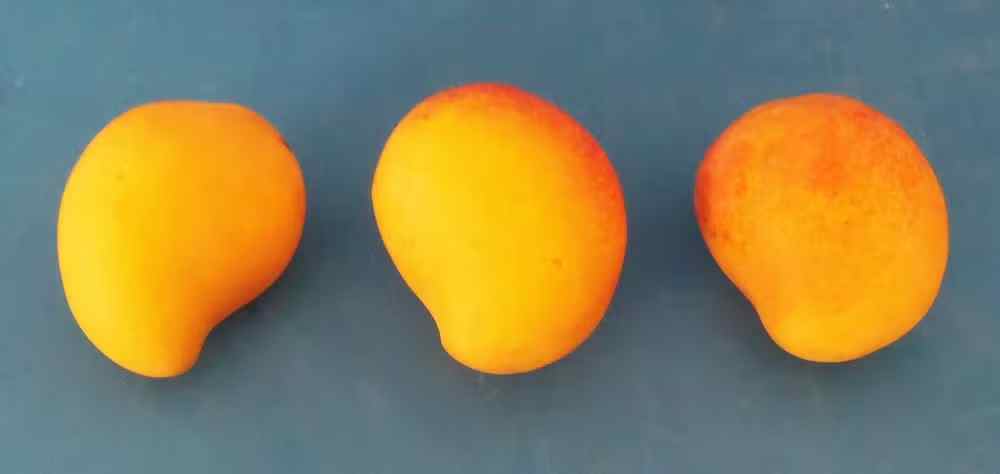
As its name suggests, this variety has pink-colored skin and weighs between 300 and 350 grams. The fruit features a smooth, thick exterior and yellow pulp. Like Espada, Rosa is a Brazilian cultivar known for its round canopy and slow growth.
Its juicy, low-fiber pulp makes it ideal for fresh consumption and juice preparation.
- Export harvest: Peak production occurs during the summer.
Tommy Atkins
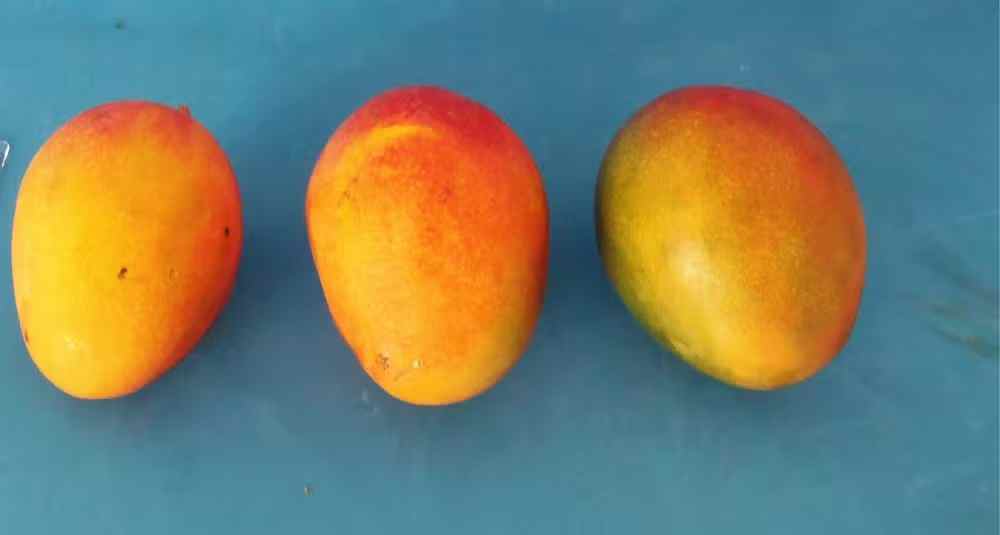
Tommy Atkins originated in Florida in 1920. Its fruits weigh around 500 grams and have reddish or purplish skin when ripe. The pulp is firm, consistent, juicy, and contains a moderate amount of fibers.
Currently, Tommy Atkins accounts for 30% of the mango orchards in the São Francisco Valley, although it previously occupied as much as 85% of the area, according to experts interviewed by Globo Rural.
- Export harvest: October and November.

